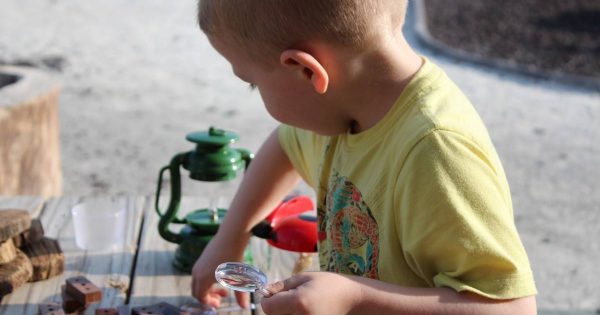08/10/2018
08/10/2018
SHARE:
If you want to help your boys and girls get into science but don’t know where to start, UK Mums TV is here to help!
As well as using STEM-based toys and activities like the ones by Clementoni featured in our takeover, there are lots of simple things you can do, like these top tips picked by our UK Mums TV team. And don’t worry – you don’t have to be a scientist or mathematician to try these!
Top tips to get the kids into STEM-based learning at home
- Make it big – It’s amazing how much more interesting things are if you look at them through a magnifying glass – a strand of hair, different types of food, the carpet…Even talking about how the magnifying glass works is a topic in itself; then helping children record what they see, will provide endless STEM-based learning!
- Take things apart – Old tape recorders, toys that no longer work, bits of kitchen equipment…obviously think carefully about safety and never leave your child alone with tools, but with a bit of forethought and careful supervision kids can learn that there’s a lot more to everyday objects than meets the eye. Whether it’s cogs interconnecting, electrical currents or fibre optics, there’s bound to be plenty of scientific processes you can discuss and investigate further just by deconstructing a few objects.
- Build things – It’s a time-tested pastime for a reason – kids love building! But have you ever thought of it as STEM-related? Well, it is – so let them build! Wooden blocks or building, just make sure they talk about what they’re creating, use their problem-solving skills (resist the urge to jump in and show them how to do it) and don’t always rely on the toy’s prescribed designs – let their imaginations run riot!
- Home experiments – Don’t panic, we’re not suggesting you blow things up or bring dangerous chemicals into the home! An experiment can be as simple as observing what happens when an object is placed in water – floating and sinking; how different substances interact with each other – the chemical reaction caused by yeast when making bread, for example…the possibilities are endless! There’s a wealth of ideas online that can help you to decide what experiments are suitable for your child’s age and ability.
- Walk and talk – scientists and engineers are basically problem-solvers. They never stop asking why, and they know there are sometimes hundreds of different ways of solving a problem. So encourage your children to think the same way! Chat about what you see out and about, then ask if they can think of another way of solving that problem.
We hope you like our ideas! Let us know if you try any of them and share your top tips with us on social media! @UKMumsTV or here on Facebook.
Main image taken from Pxhere.




